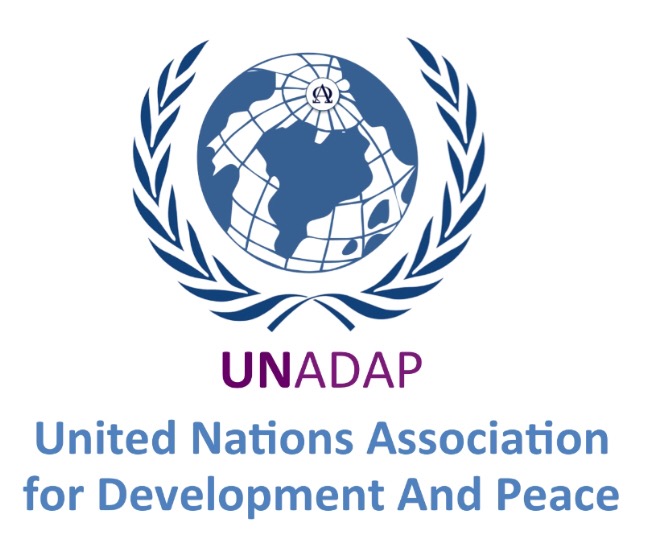UNESCO DESIGNATES 24 NEW BIOSPHERE RESERVES TO SUPPORT SDG
- UNADAP | United Nations
- Dec 1, 2022
- 2 min read
Protecting mangroves, tropical rainforests and other biodiversity hotspots, the United Nations Educational, Scientific and Cultural Organization (UNESCO) bumped up its World Network of Biosphere Reserves by 24 new sites on Wednesday, which means that 686 unique natural sites in total are being preserved globally.

“Conserving the biodiversity and the management of natural resources in these ecosystems is a prerequisite for sustainable development,” declared UNESCO Director-General Audrey Azoulay.
Among other things, biosphere reserves reconcile the conservation of biodiversity and human activity through the use of sustainable natural resources.

“These sites are laboratories of harmonious interaction between people and nature, allowing for advances in the sciences and in traditional knowledge,” continued Ms. Azoulay. “They facilitate the sharing of knowledge, promote the interaction between science and society and help bring concrete improvements to the lives of local populations.”
Thanks to the new designations, a host of precious areas representing multiple different terrains — along with ecosystems that encompass marine, swamp, forest peat and freshwater environments — are now being conserved. The reserves are particularly important for biodiversity hotspots with vulnerable ecosystems, such as coral reefs, dunes, sea marshes, mangroves and forests.
While the Republic of Moldova and Mozambique have received biosphere reserves for the very first time, other countries with newly designated sites are Burkina Faso, China, the Democratic People’s Republic of Korea — commonly known as North Korea; Ecuador; and India.
Three new sites lie within Indonesia, with two in Italy and Kazakhstan; and Iran, Madagascar, the Netherlands, the Republic of Korea (South Korea), Russian Federation, Slovenia, South Africa, Spain, the United Arab Emirates and the United Republic of Tanzania are also represented.
Moldova’s newly designated Lower Prut biosphere reserve covers a mosaic of water, meadow and forest ecosystems. Agriculture there provides 90 per cent of inhabitants’ income.
Located in the north of Mozambique, the newly designated Quirimbas consists of 11 islands that support 3,000 floral species, of which 1,000 are endemic; 23 species of reptiles; 447 species of birds; 46 species of terrestrial mammals, including four of the “big five” — elephant, lion, buffalo and leopard — together with eight species of marine mammals, including whales and dolphins.
Ecosystems not only support a number of globally significant activities, including fishing, agriculture, animal breeding and tourism, but also provide habitats for migratory birds, rare animals and endangered species.

These natural resources allow for activities compatible with sustainable development and protecting ancestral traditions.
According to UNESCO, biosphere reserves in Germany and Italy, have been extended with name changes, while five in Australia, one in the Netherlands and another in the United States, have been withdrawn from the Network at the countries’ request.
Every year the International Coordinating Council of UNESCO’s Man and the Biosphere Programme, adds new sites.
COPYRIGHT, UN NEWS.






Comments